Build a DMR-6X2 Code Plug: Learn the Lingo
By Dan Romanchik, KB6NU
Because DMR radios have so many features, it stands to reason that programming them can be complex, much more complex than programming analog FM transceivers. To help you make sense of this complex topic, we’ll be running a series of posts on DMR and how to program and use the DMR-6X2, BTECH’s dual-band VHF and UHF radio with both DMR (Tier I and II) and analog capabilities. In this post, we’ll define some of the terms used in DMR.
When you purchase a DMR radio, the first thing that you’re usually advised to do is to obtain a code plug for your radio. Simply put, a code plug is a file that contains all of the programming information for a radio. It defines not only the frequencies on which a radio can transmit and receive, but also which talk groups that the radio can communicate over, as well as other operating parameters. (We’ll talk more about talk groups later.) You can download a starter code plug for the BTECH DMR-6X2 and other DMR radios from the miklor.com resource website.
To program a DMR radio, that is to say build a code plug, you’ll need a program called a CPS, which is short for ‘customer programming software’. The CPS imports existing code plugs and downloads them to the radio, or you can build a new code plug from the ground up. The CPS also allows you to modify code plugs and export the files. Code plugs for the BTECH DMR-6X2 have an .rdt file extension.
Perhaps the most important parameter in a code plug is the Radio ID. Your radio ID is a unique number assigned to you (and your callsign) and identifies you on DMR networks and repeaters around the world. If you live in North America, South America, Asia and Oceania, go to RadioID.net to get your Radio ID. If you live in Europe or Africa, go to https://register.ham-digital.org/.
Next, you’ll want to decide which talk groups that you want to use. Talk groups, sometimes called contacts,are kind of like chat rooms. Once you’ve connected to a talk group, all of your transmissions will be relayed to the other stations connected to that talk group. Talk groups can be local, that is to say only users of your local repeater will hear your transmissions, or statewide, nationwide, or worldwide. Each talk group has an ID number and a name. You use the CPS to build the list of talk groups that you want to communicate over.
Once you’ve created your list of talk groups, you can create a list of channels. A channel connects a talk group or contact with a specific frequency. For example, if you want to access a particular talk group through your local repeater, then you program the channel to used the repeater’s receive and transmit frequencies. You have to set up a channel for each talk group that you want to access.
Two important bits of information that you’ll need to set up a channel is the color code and time slot. A color code is like a CTCSS tone. If this parameter is not set properly, then the repeater will not respond to your transmissions. The time slot is the time slot that the repeater uses for a particular talk group. For example, W8UM, our repeater here in Ann Arbor, uses time slot 1 for the local talk group and the Michigan statewide talk group. It uses time slot 2 for all other talk groups.
Channels can be analog or digital. To access DMR talk groups or contacts, you’d program a channel as a digital channel. To access and analog repeater, you’d program a channel as an analog channel.
Channels are grouped into zones. Zones are logical groups of channels. You might, for example, set up a zone to include all of the repeaters that you can access in your town. Another zone might include repeaters that you can access on your commute to work. The BTECH DMR-6X2 allows you to program up to 4,000 channels, so logically grouping them into zones will help you quickly access the channels you want to use. A channel must be in at least one zone or you won’t be able to access it.
A receive group allows you to selectively monitor talkgroups. You generally would leave this blank if you want to listen to all of the incoming talkgroups on the channel.
A scanlist is a group of channels that can be monitored when scan is selected, either from the DMR-6X2 main menu or using one of the programmable side keys.
The digital contact list is a list of information about DMR users. It contains their radio ID, call sign, name, and location. When you receive a transmission via a DMR talk group, you also receive the radio ID of the transmitting station. The DMR-6X2 looks up this ID in its digital contacts list, and if that ID is in the list, the radio displays the name and callsign of the transmitting station. You can download a database of DMR users for the DMR-6X2 from the Miklor resource website.
In the next post, we’ll show you how to use the DMR-6X2 CPS to enter all of this information and download the code plug to the radio.


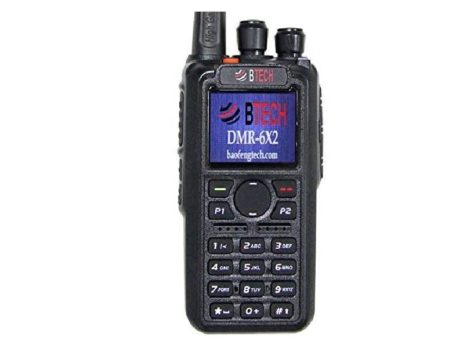

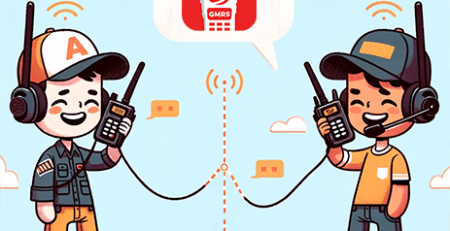




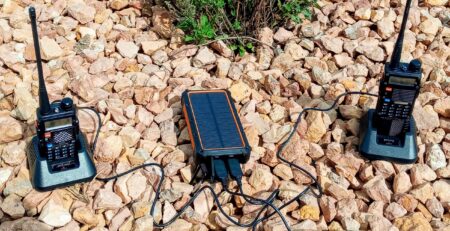

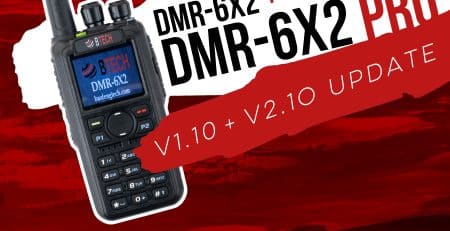
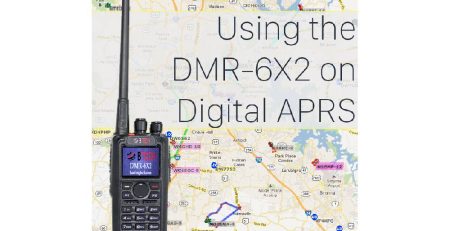

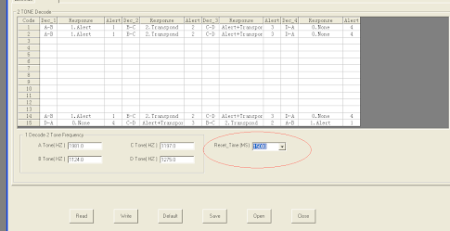
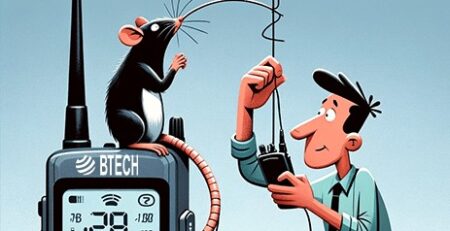
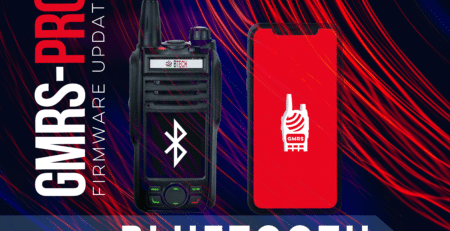



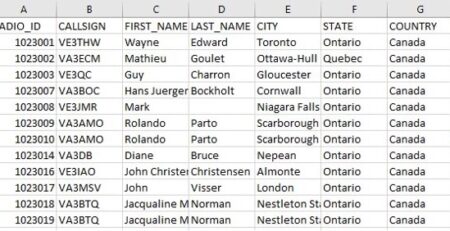


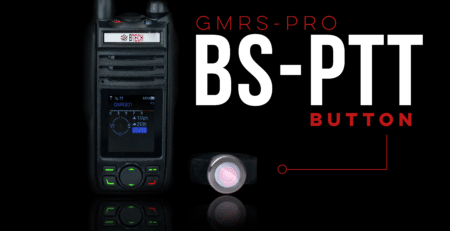
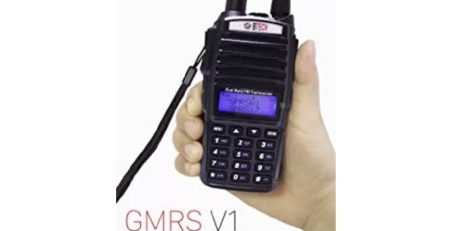
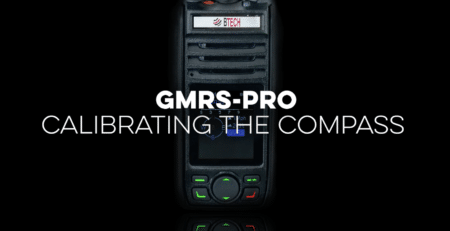
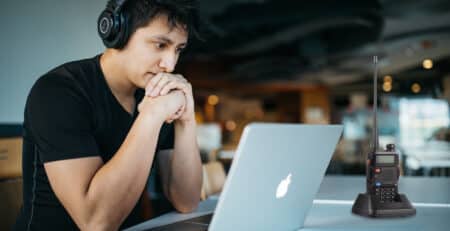
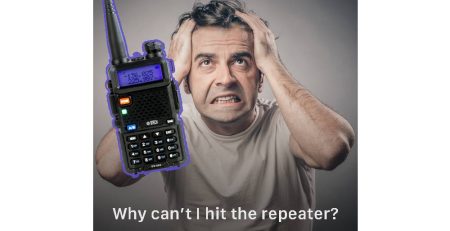
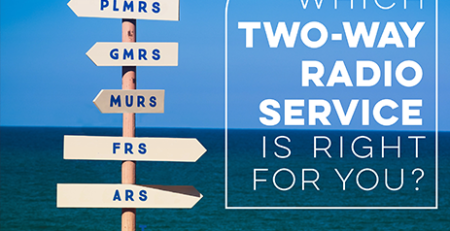
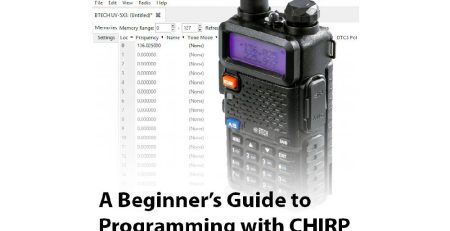

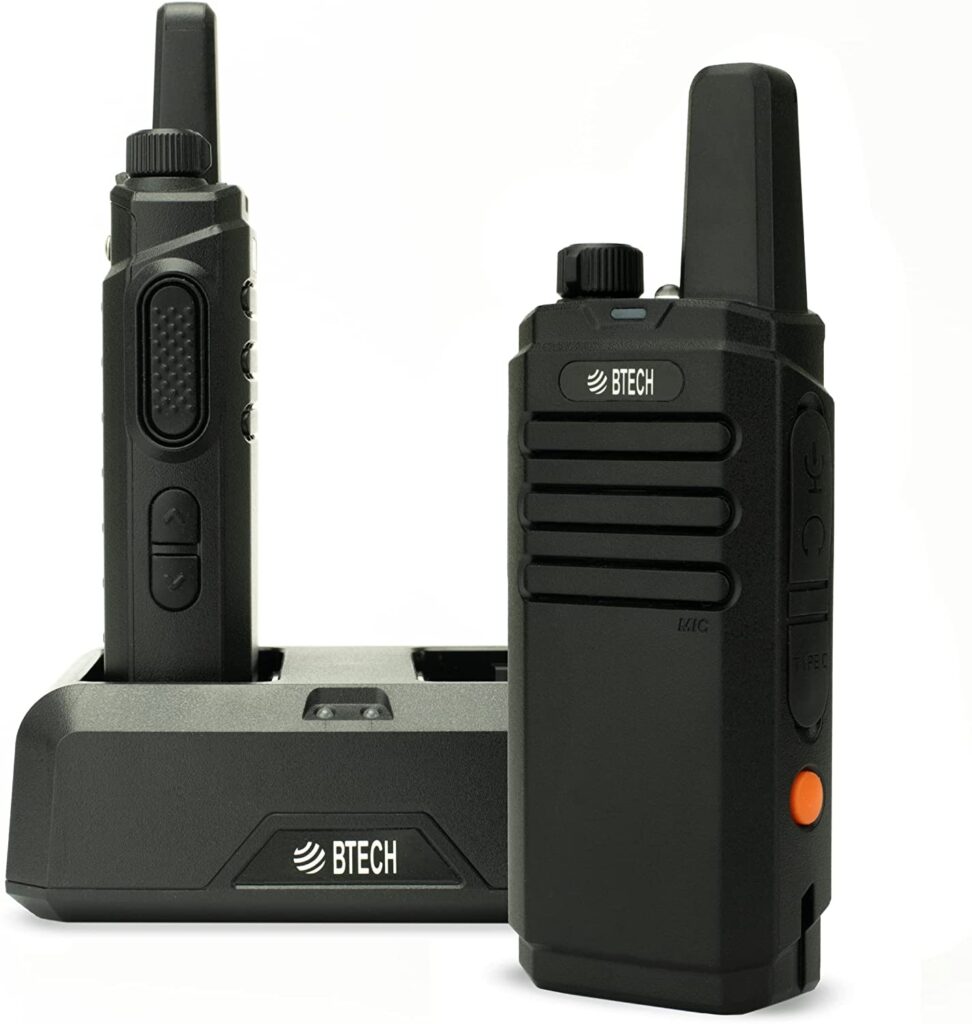
Leave a Reply